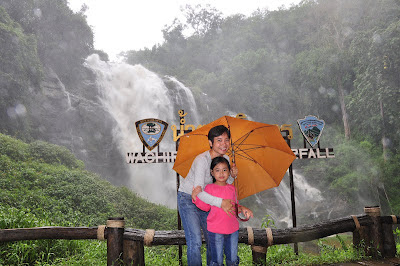Philippines' advertisement on CNN, for a week-long "Eye on the Philippines" - April 28 to May 4, 2012.
CNN TURNS ITS 'EYE ON THE PHILIPPINES'
Highlights include:
'Talk Asia' interviews with President Benigno Aquino III, Jaime Augusto and Fernando Zobel de Ayala. A week of live daily reports and features from across the Philippines. Extensive online coverage and iReport special.
CNN's 'Eye On' series is shining the international spotlight on the Philippines, with a special week of programming dedicated to the Southeast Asian country, airing to more than 280 million households around the world.
From April 30 to May 4 'Eye On The Philippines' features live daily reports with Anna Coren from Manila, Batangas and Lake Taal and in-depth reportage from Kyung Lah, providing insight into the tropical country's people, politics, business and culture. The special week of coverage culminates with a half-hour program featuring highlights from the week, airing May 4 to May 6.
'Eye On The Philippines' also includes extensive online coverage at www.cnn.com/eyeon. In addition, CNN has launched a special iReport initiative calling on people to share their photos and videos highlighting the sights and sounds of the Philippines, with the best stories and videos featuring on CNN.
On-air coverage encompasses a wide range of special reports, including:
Talk Asia: President Benigno S. Aquino III - CNN correspondent Anna Coren sits down with the President at the Malacanang Palace for a rare and in-depth interview for CNN's 'Talk Asia'. The President discusses the opportunities and challenges currently facing the Philippines, as well as some of the experiences that have shaped him on a personal level.
Talk Asia: Jaime Augusto Zobel de Ayala and Fernando Zobel de Ayala - In this half hour interview, CNN correspondent Andrew Stevens talks with Jaime Augusto Zobel de Ayala and Fernando Zobel de Ayala, respectively the Chairman & CEO, and President of the Ayala Corporation, the country's largest and oldest business conglomerate. The brothers discuss growing up in the illustrious Zobel de Ayala family which founded the business empire in the 19th century, their business philosophy, and what they have planned for the future.
Ballet Manila - Based on the belief that dance could change a child's life, the first Philippine-based prima ballerina Lisa Macuja started funding lessons for poverty-stricken children in Manila. This summer, the first of her scholarship kids will dance in a prestigious international competition in Hong Kong, a fourteen year old girl whose parents are garbage scavengers.
Call Center Capital of the World - The Philippines has become a location of choice for business process outsourcing in the past decade due to its relatively low operational and labor costs. Combined with the young and vibrant workforce, the Philippines is becoming recognized as the so-called 'Call Center Capital of the World'.
Anti-Piracy Training - A third of all the world's seafarers are from the Philippines and since 2006, over 700 Filipino marine workers have been hijacked off the coast of Somalia. The Philippine Government is now making every seafarer undergo mandatory anti-piracy training before they go to sea.
Ending Child Labor - Dante Campilan is just 14, but he works seven hours a day, pulling weeds and tiling the soil barefoot. He is one of an estimated 2.4 million child workers in the Philippines. The Philippine government is trying to fight the problem, aiming to reduce the worst forms of child labor by 75 percent by 2015. 'Eye On The Philippines' reports on how those efforts are taking shape in one community which survives off the global sugar industry.
Poverty and Pag Pag - 'Pagpag' is a Filipino term for leftover food from fast food restaurants which is thrown away in garbage bins but then re-cooked, or sometimes eaten straight from the bins, by the urban poor. This compelling report investigates the situation in the Philippines and the extreme conditions in which these people are living.
Source: http://www.cnnasiapacific.com/press/en/content/800/

